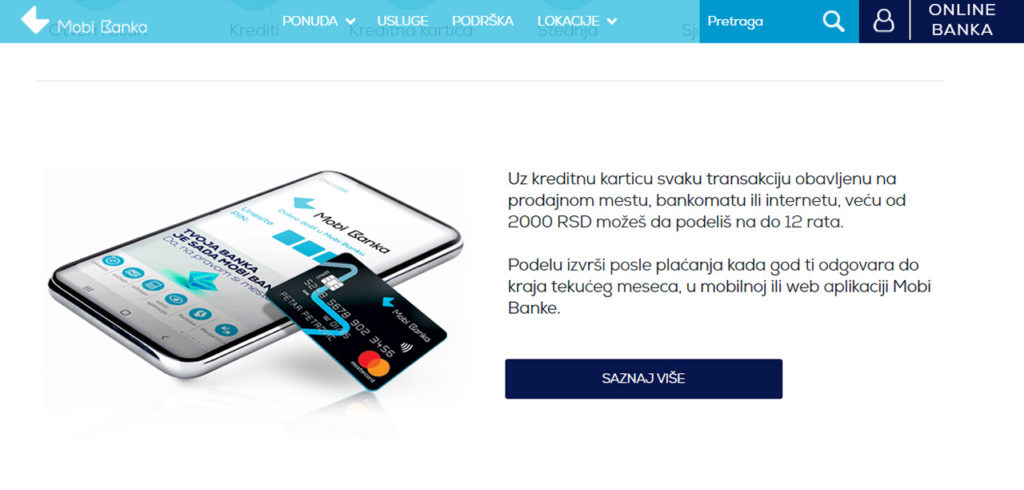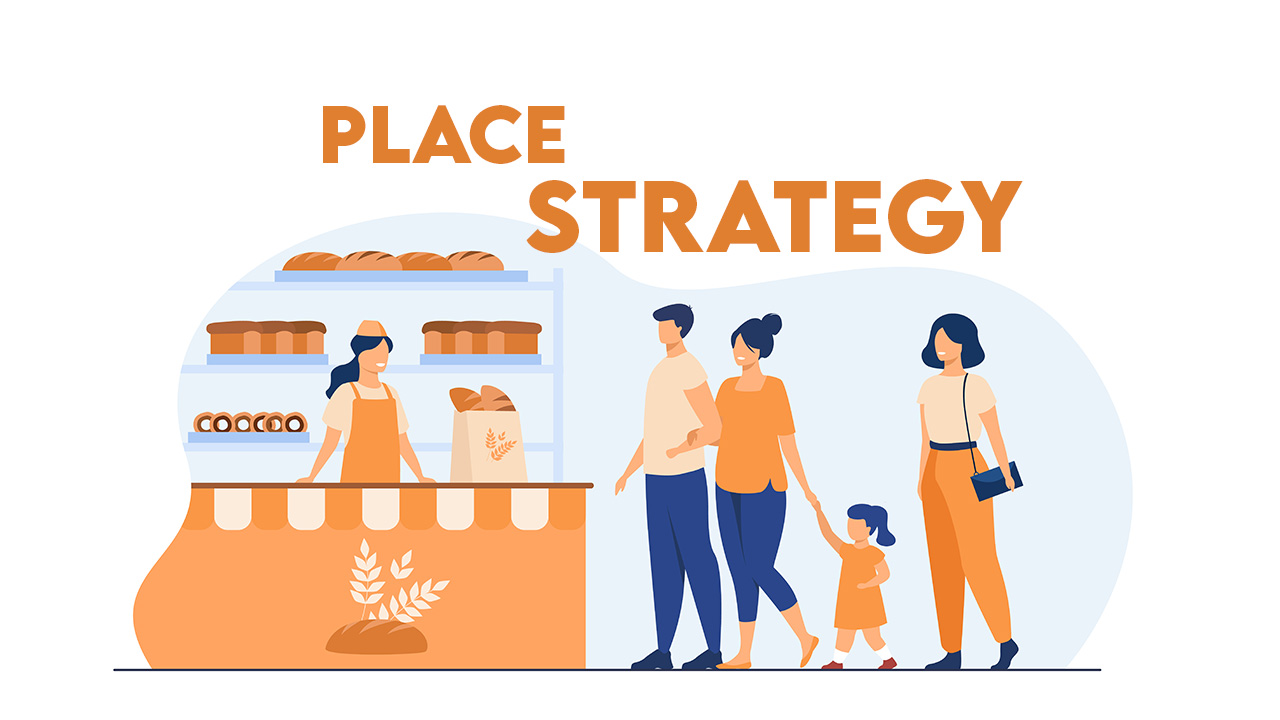Place strategy in marketing mix is one of the most underappreciated topics in marketing. We develop the place strategy to make marketing decisions regarding the place of sale of products or services. What makes Apple stores attract crowds like fans? How do banking services stay relevant in changing times? Why is the Amazon Go store the future of retail? Place strategy could help us answer the questions.
Contents
The Place Strategy in Marketing Mix
The marketing mix is essentially a summary of all marketing activities. One of the four Ps of the marketing mix is the place. Also, it is often overlooked. You may find more articles on product, pricing, and promotion. However, place strategy has fewer articles than other Ps.
The place strategy in marketing mix is all about finding best way to distribute and retail your offerings. Firstly, place strategy helps us take important decisions regarding the location of retail. Secondly, it also helps us decide the format of retail, channel of distribution and type of exclusivity of the retail. Thirdly, it can also help us integrate with other Ps of the marketing like Product, Price and Promotion.
Major decisions in place strategy
Strategic development is driven by important decisions. Let us quickly look at some of the major decisions regarding place strategy:
Place of sale
The product’s place of sale can play a role in the image t projects to the customers. You can have your cosmetic products available off the counter at different stores. However, it is not a very good idea to keep a luxury product as a commodity in smaller stores. This would reduce its appeal.
Distribution channel exclusivity
The distribution channel also plays an important role in creating and sustaining demand for a product. A product that is exclusive will have a different set of demand, while those that are commodities will have a different one. Therefore we may have different distribution channel strategies. Typically, commodities require an intensive channel to reach out to more people. Similarly, a differentiated product and the luxury item will benefit from an exclusive distribution.
Direct versus indirect distribution
The manufacturer has greater control over the direct distribution channel. However, it also presents financial challenges and risks. In indirect distribution, we would various intermediaries. Some of the most common intermediaries are wholesalers, dealers, and stockists.
Place of sale
The product’s place of sale can play a role in the image t projects to the customers. You can have your cosmetic products available off the counter at different stores. However, it is not a very good idea to keep a luxury product as a commodity in smaller stores. This would reduce its appeal.
Distribution channel exclusivity
The distribution channel also plays an important role in creating and sustaining demand for a product. A product that is exclusive will have a different set of demand, while those that are commodities will have a different one. Therefore we may have different distribution channel strategies. Typically, commodities require an intensive channel to reach out to more people. Similarly, a differentiated product and the luxury item will benefit from an exclusive distribution.
Direct versus indirect distribution
The manufacturer has greater control over the direct distribution channel. However, it also presents financial challenges and risks. In indirect distribution, we would various intermediaries. Some of the most common intermediaries are wholesalers, dealers, and stockists.
Place strategy in marketing mix example
Amazon Go
Amazon is one of the most well-known brands in the world. Since 2015 it is also the largest online retailer. Online dominance brought in immense valuation for this company. However, there is still an untapped offline market. The place strategy helped them to penetrate into the offline market. However, a firm needs differentiation to stand out from the competition. There should be a unique offering that compels people to migrate from like of Walmart into Amazon.
Amazon Go is an example of such a proposition. Amazon Go is a futuristic large-format store that was opened in Seattle. This store has a unique design. It makes the buying process seamless. The buyers can simply purchase items and leave the store and they are billed automatically from their registered credit card. Amazon Go is a strategic entry into offline retailing for the company. Firstly, and most importantly, it got extensive coverage in the news. Getting free publicity is not a bad thing. Secondly, it positions the company as a forward-looking, high-tech giant. Thirdly, it would reduce the operating cost in the long run. Therefore, delivering higher ROCE for the company compared to its peers.
Apple store
Apple store is a trendsetter in place strategy in the marketing mix. It was conceptualized by the SVP of retail, Ron Johnson. The first store was opened in 2002. This paved the way for the success of iMac and iPad. One of the key differentiators for this store was that the entire core of the marketing mix was designed around the product and place. The store was the place not just for ‘sale’ but also ‘interaction’ with the customers. A humanistic approach made this store connect extremely well with the customers.
Here are some of the key objectives of the place strategy at the Apple store:
- Innovation in merchandise display. One of the first stores in its category to spend a major part of the budget on aesthetics. They brought in the experience of an upmarket boutique to a boring computer shop. This changed a lot of things.
- Conversion of transaction into interaction. Allowing visitors to use the newly developed devices allowed them to get the first-hand experience. This leads to a lot of conversions too.
- Focus on increasing footfall. The exterior of the store was made of glass, revealing the insides. This made it quite attractive to the passersby.
- Enhance the time spent inside the store. The store was designed to make people use computers and devices. This increased the time spent inside the store. Today we talk a lot about customer engagement. Apple stores were the pioneers of this.
Telenor Banka
Traditional banks relied upon massive facades to project a sense of security. Many of the banks have not embraced digital banking as a full-fledged option. The systems are still designed keeping the brick and mortar bank branches at the core and digital services at the periphery of their place strategy. Nevertheless, with changing times, customers do not need to visit the banks for their day to day needs. Therefore, it is only a matter of time when convenience becomes more important for customers.

Telenor is a European telecom giant. They saw a gap in the potential market and jumped right in. A relatively new place strategy in their marketing mix. They launched Serbia’s first mobile only bank called Telenor Banka or Mobi Banka. One of the key drivers of their success has been the synergy between banking and IT. Here are some of the major benefits of their strategy:
- Use of data analytics
- AI marketing
- Customer experience management
